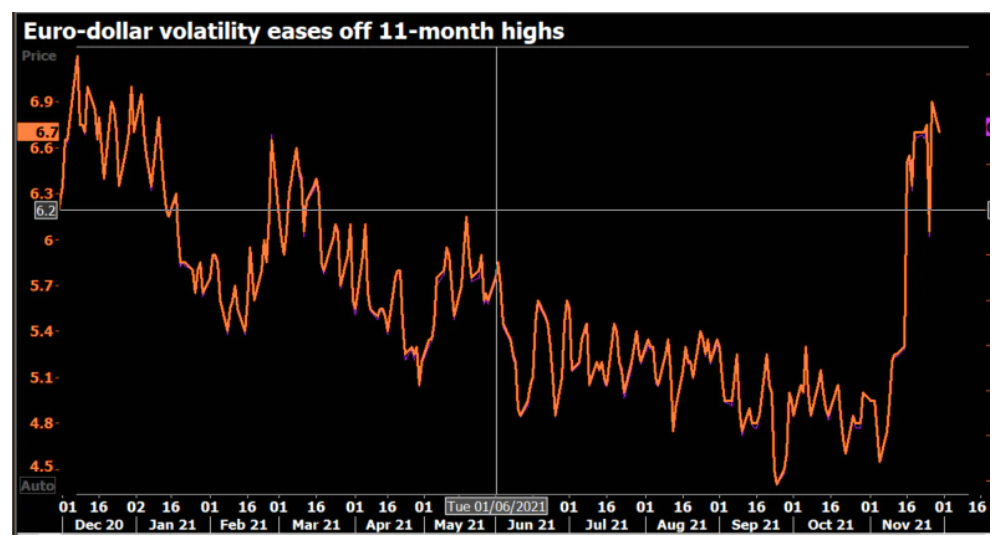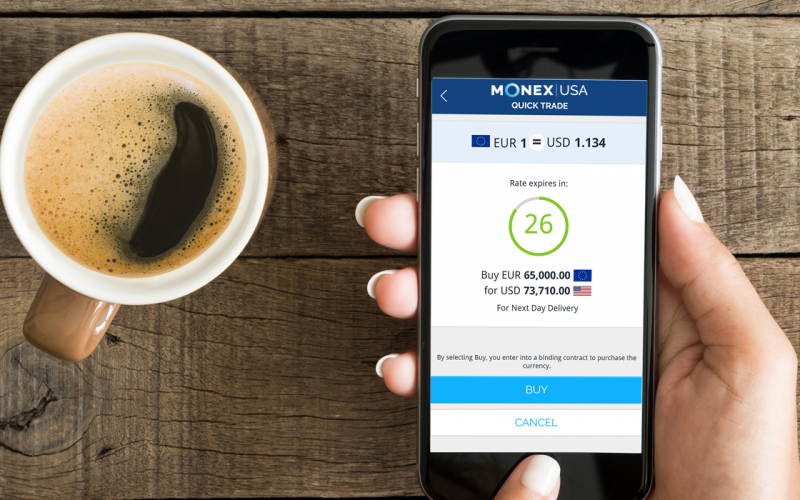NEW YORK, November 29 (Reuters) - The dollar firmed on Monday while the safe-haven yen and Swiss franc weakened, reversing some of Friday's moves as governments around the world sought further information on the most recent mutation and its impact.
- WHO says new variant carries high risk of infection surge
- Biden says U.S. not going back to lockdowns this winter
- Yen, Swiss franc fall vs dollar
The Omicron variant, first detected in southern Africa, prompted a financial markets sell-off on Friday on fears it would further disrupt a growing economic recovery after the two-year pandemic.
The World Health Organization said on Monday the variant carried a very high risk of infection surges as more countries closed borders.
In the United States, President Joe Biden said the country would not go back to lockdowns this winter, but urged people to get vaccinated, get their boosters and wear masks.
Markets calmed somewhat on Monday, with U.S. stock and oil prices rebounding as investors took a more balanced view, waiting until the impact of the variant becomes clearer.
The U.S. dollar index, which had its biggest one-day drop since May on Friday, rose 0.2% to 96.367.
The dollar’s status as a safe haven means it benefits from uncertainty, but it fell on Friday because investors saw the Omicron variant as possibly affecting the timing of the Federal Reserve’s and other major central banks’ plans to raise interest rates.
“Another challenge to the global economic recovery seems to indicate that it benefits the buck as a safe haven,” said Juan Perez, FX strategist and trader at Monex Inc in Washington.
“This variant is fresh and it even looks like the medical community wants to minimize whatever negative economic impact news on it could have. Our take is that once more we are at the mercy of the disease that has been with us for two years, but this time it also feels like we are more prepared to keep life going anyway,” he added.
Euro-dollar one-month volatility hit its highest since December 2020 on Monday before dropping back down .

The euro, which rose versus the dollar on Friday, was down 0.4% at $1.1271.
Japan’s yen slid against the dollar, which rose 0.2% to 113.76 yen .
The Swiss franc likewise reversed recent moves. On Friday it had its biggest one-day jump versus the dollar since June 2016, a slightly bigger daily move than at the peak of the first coronavirus-induced market shock in March 2020
Like the dollar, both the yen and Swiss franc tend to gain in times of financial stress.
On Monday, however, the Swiss franc was down 0.3% versus the greenback at 0.9244 francs per U.S. dollar.
Analysts said currency markets would likely remain volatile until the new variant was better understood.
Goldman Sachs said it would not change its economic forecasts on the basis of the Omicron variant until its likely impact became clearer.
In cryptocurrencies, bitcoin hit a seven-week low on Sunday before picking up. It was last up 1.2% at $58,016. Its all-time high of $69,000 was hit earlier this month .





